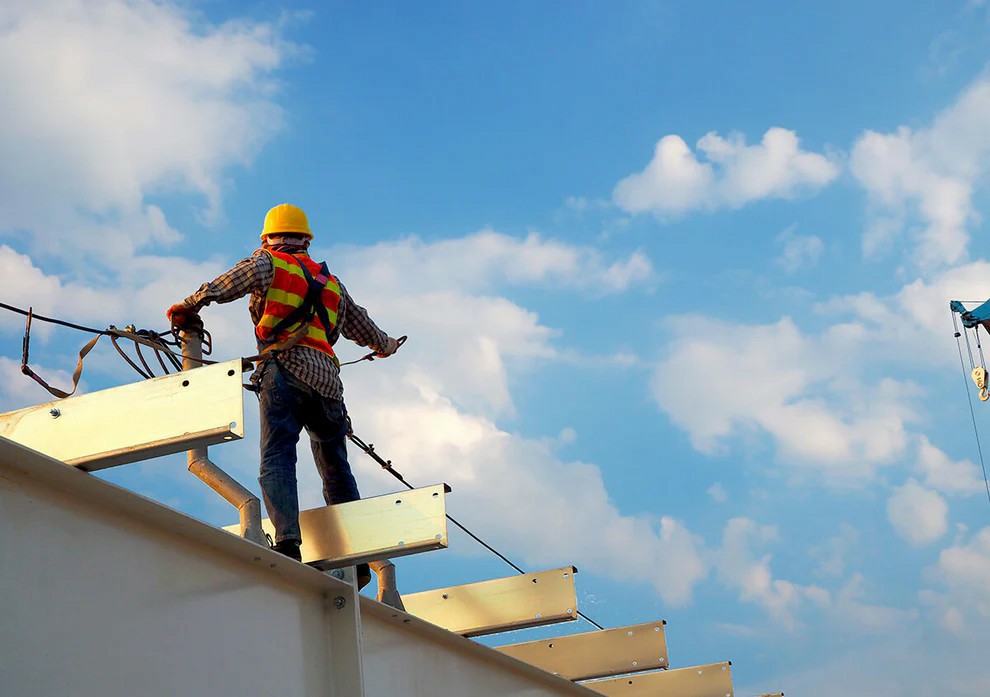Essential Best Practices for Conducting Risk Assessments Before Working at Heights
Working at heights presents unique dangers that can lead to severe injuries or fatalities if not addressed properly. Conducting thorough risk assessments is crucial for ensuring the safety of workers and compliance with regulations. In this blog post, we will provide a detailed guide on how to conduct effective risk assessments before embarking on any tasks that involve working at heights.
Importance of Risk Assessments
- Accident Prevention: Identifying potential hazards before they result in accidents is the core purpose of risk assessments.
- Regulatory Compliance: Risk assessments help organizations comply with health and safety regulations, avoiding fines and legal issues.
- Workplace Safety: A proactive approach to safety enhances overall workplace culture and productivity.
Step-by-Step Guide to Conducting a Risk Assessment
Here’s a structured approach to performing a risk assessment for work at heights:
Step 1: Identify Hazards
Begin by identifying all potential hazards associated with the task at height:
- Environmental Factors: Weather conditions, slippery surfaces, and unstable ground.
- Equipment Risks: Inspect tools and machinery for faults.
- Human Factors: Assess worker experience and physical condition.
Step 2: Evaluate Risks
After identifying hazards, evaluate the level of risk associated with each:
- Consider Likelihood: How likely is it that the hazard will cause harm?
- Severity of Injury: What would be the outcome if an incident occurs?
Step 3: Implement Control Measures
Put control measures in place to mitigate risks:
- Eliminate Hazards: Whenever possible, remove the hazard completely.
- Substitution: Use safer equipment or methods.
- Engineering Controls: Implement guardrails or safety nets.
- Administrative Controls: Establish safety protocols and regular equipment checks.
- PPE Usage: Ensure appropriate personal protective equipment is worn.
Step 4: Document and Review
Document all risk assessment findings and control measures. Regularly review and update the risk assessment, particularly if there are changes in work procedures or personnel.
Common Risk Factors in Working at Heights
A few common risks to consider include:
- Falls from Height: The most significant risk in any working at heights scenario.
- Equipment Malfunctions: Faulty ladders, scaffolding, or harnesses.
- Inadequate Training: Workers untrained in safe working at heights practices are at higher risk.
Real-World Case Studies
Case studies highlight the importance of risk assessments:
- Case Study 1: A construction company reduced fall incidents by 50% after implementing a comprehensive risk assessment and control measures.
- Case Study 2: A manufacturing facility eliminated equipment-related accidents by regularly inspecting and maintaining lifting equipment based on risk assessments.
Training for Effective Risk Assessment
Certified Working at Heights Training is essential for preparing workers to identify and manage hazards:
- Knowledge of Safety Protocols: Understanding the legal and safety standards for working at heights.
- Hazard Recognition: Training teaches how to spot potential risks effectively.
- Practical Skills: Provides hands-on experience in using safety equipment.
Conclusion
In conclusion, conducting thorough risk assessments before working at heights is critical for accident prevention and regulatory compliance. By following these best practices, organizations can foster a culture of safety and reduce the likelihood of workplace accidents.
If you need to integrate risk assessment protocols into your workplace safety plans or are interested in Working at Heights Courses Online, contact our team at [email protected] today.



 349,500 Offered Certificates
349,500 Offered Certificates
 24/7 Online Training
24/7 Online Training
 Money Back Guarantee
Money Back Guarantee
 Fully Accredited Courses
Fully Accredited Courses
